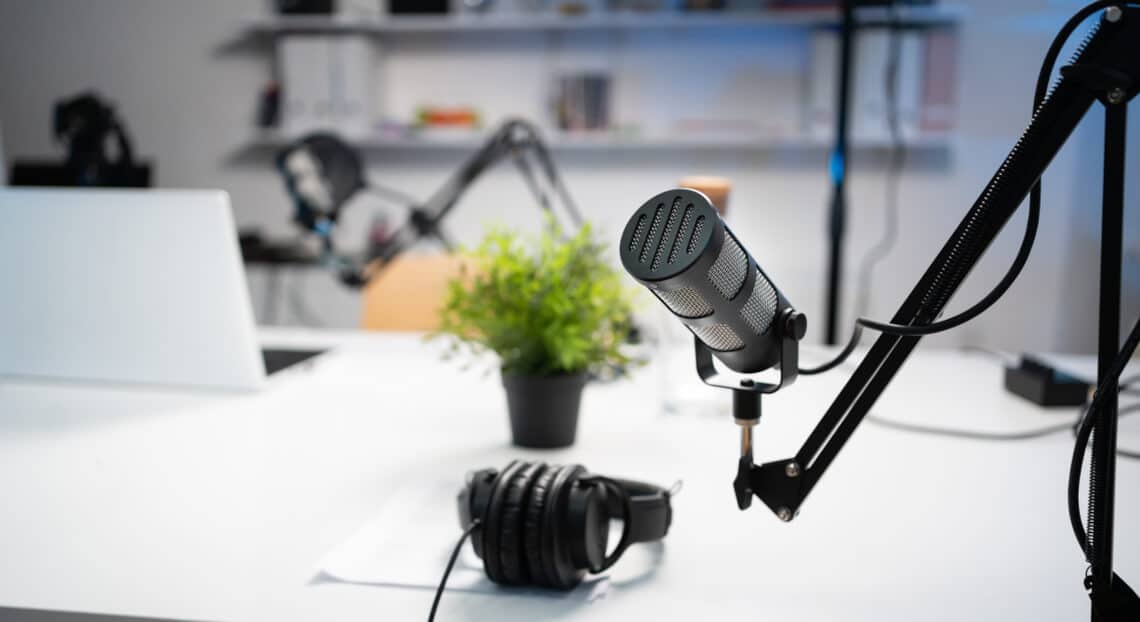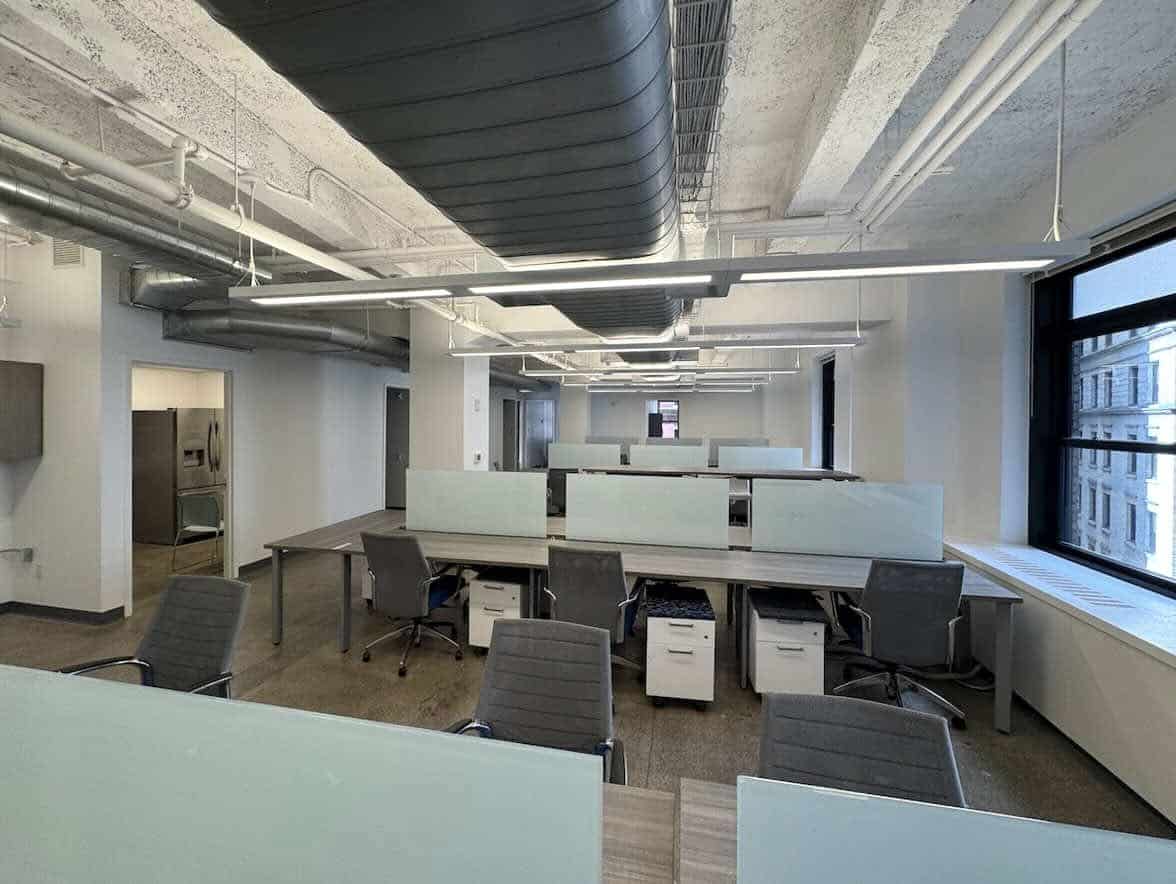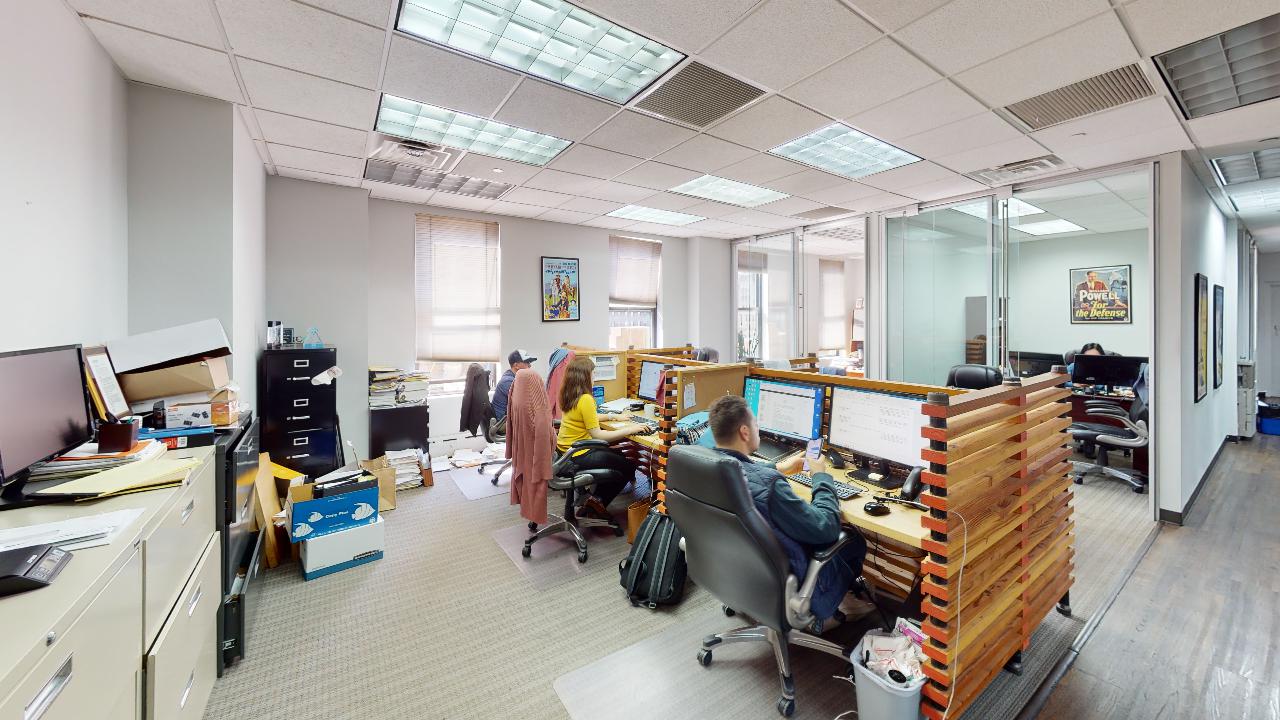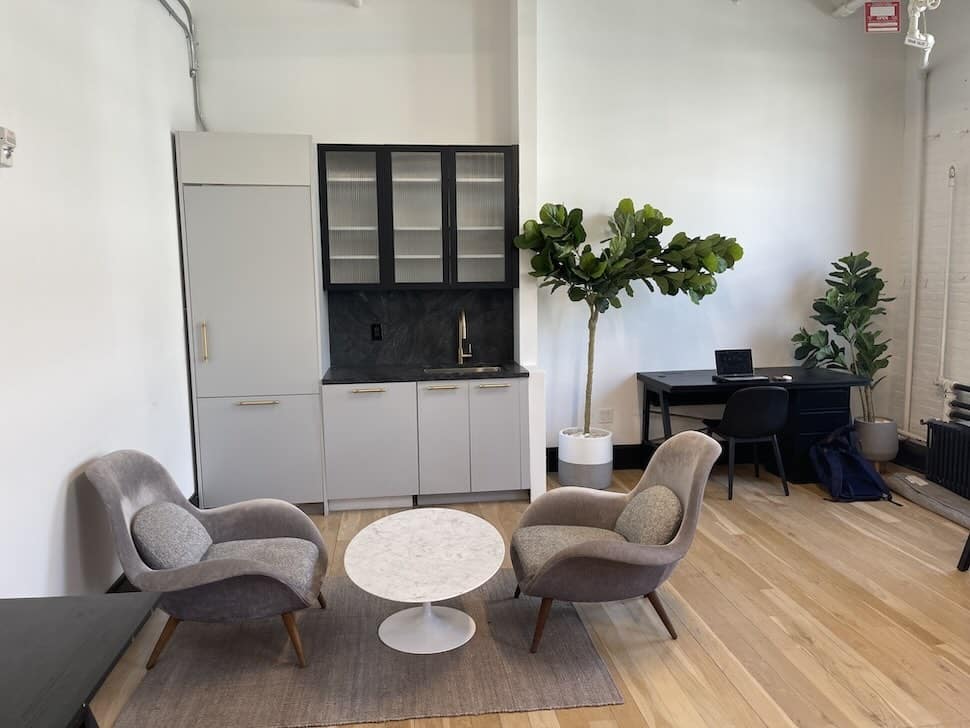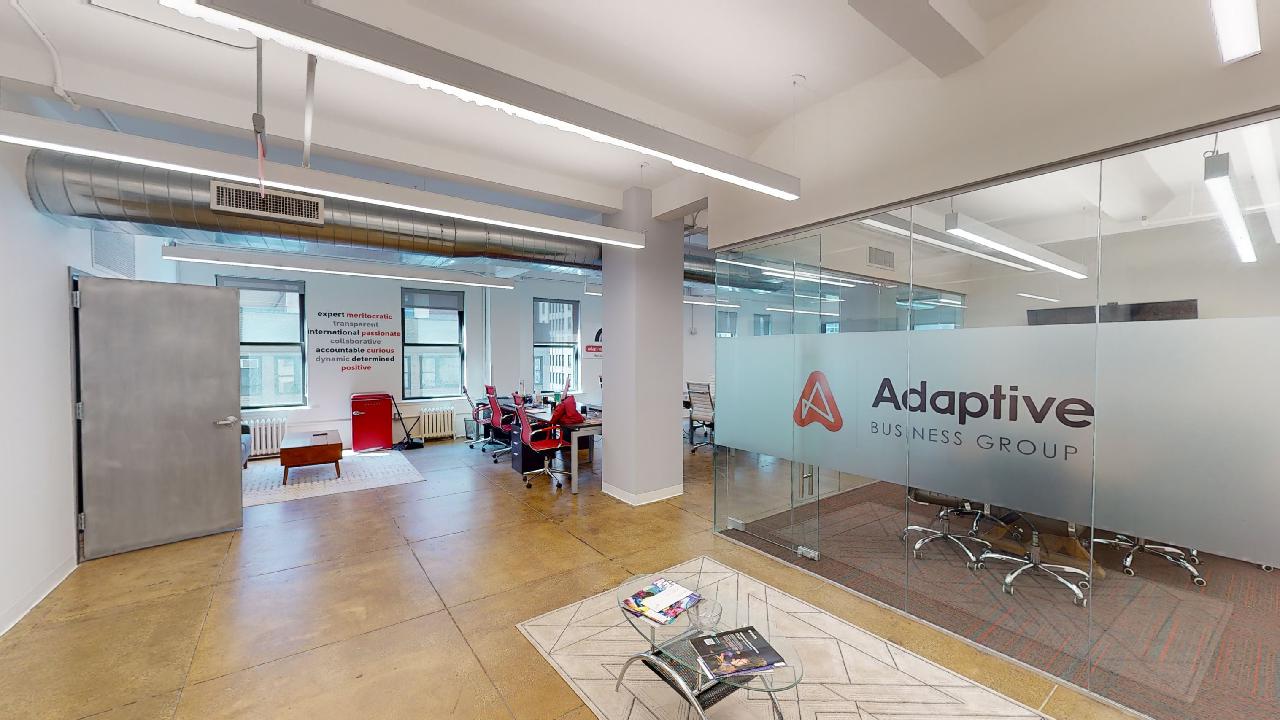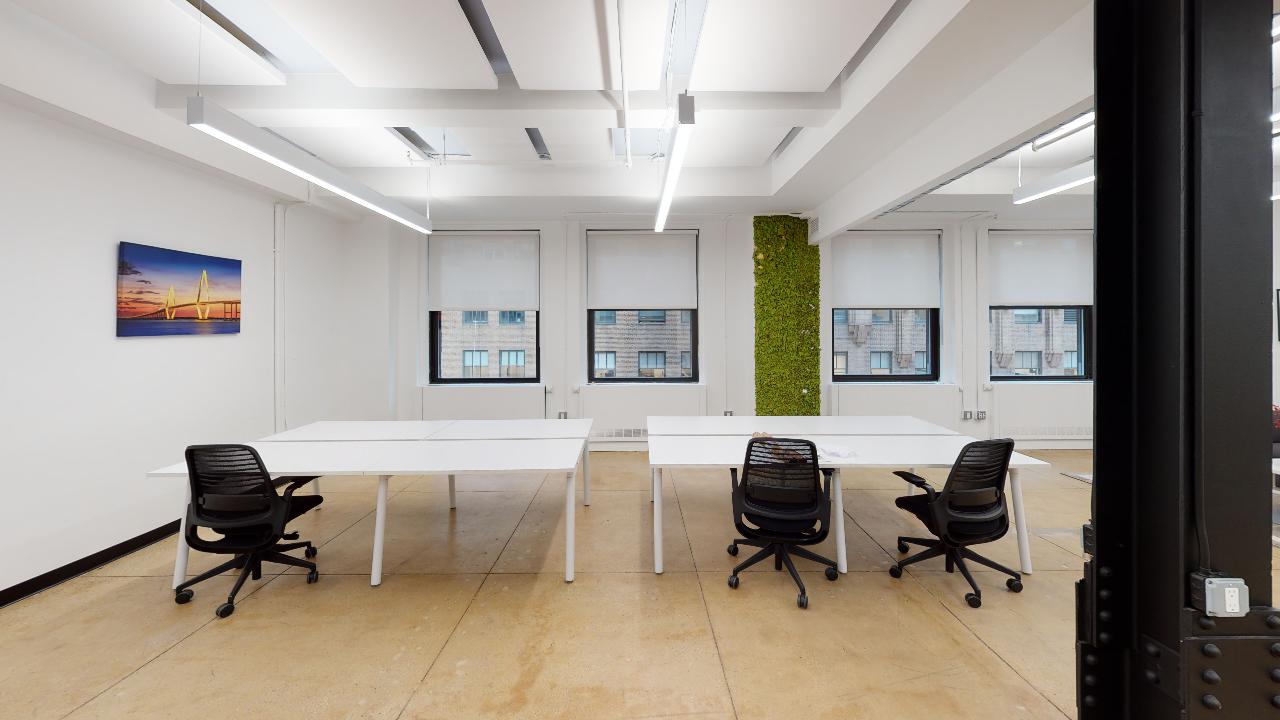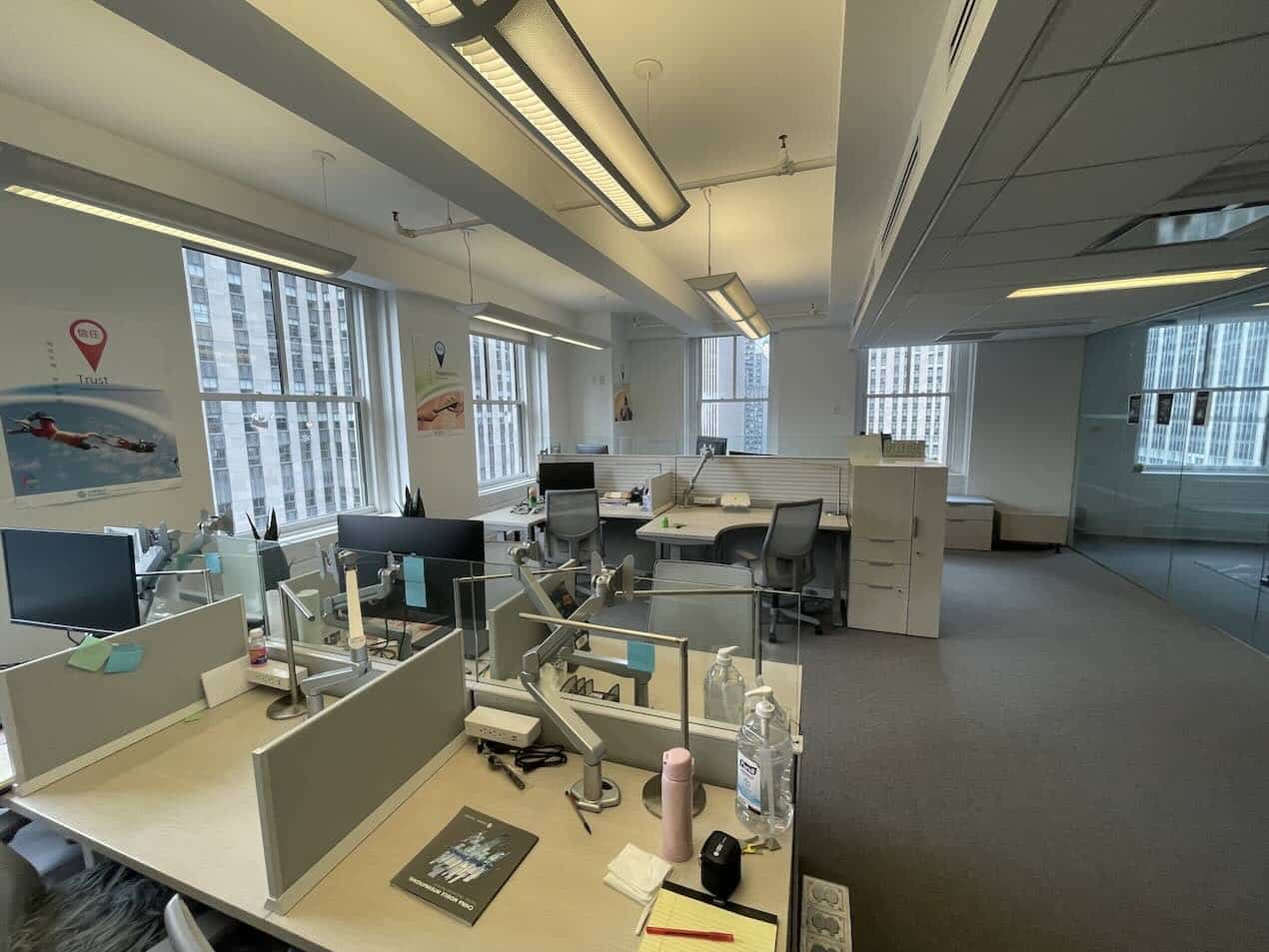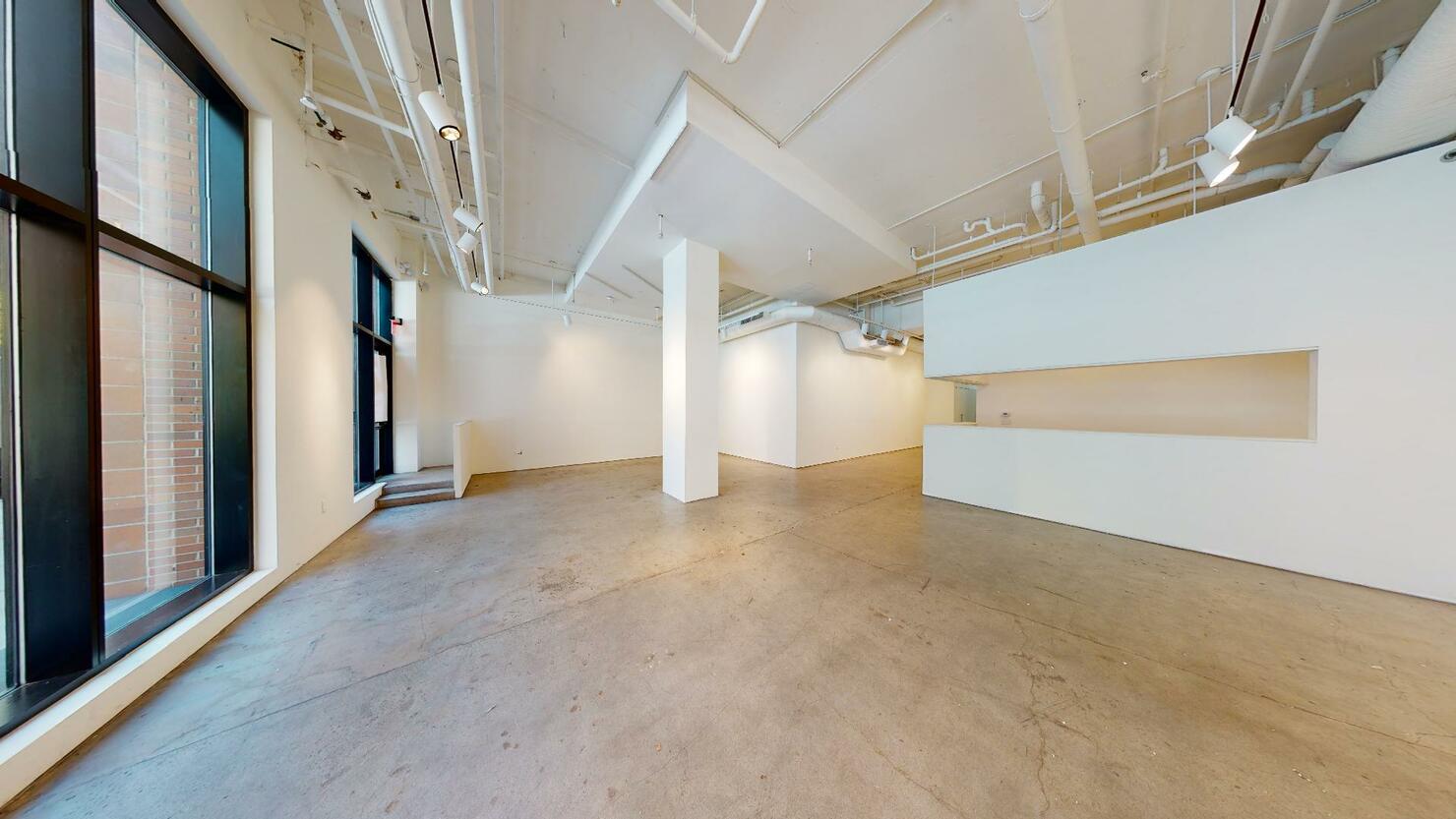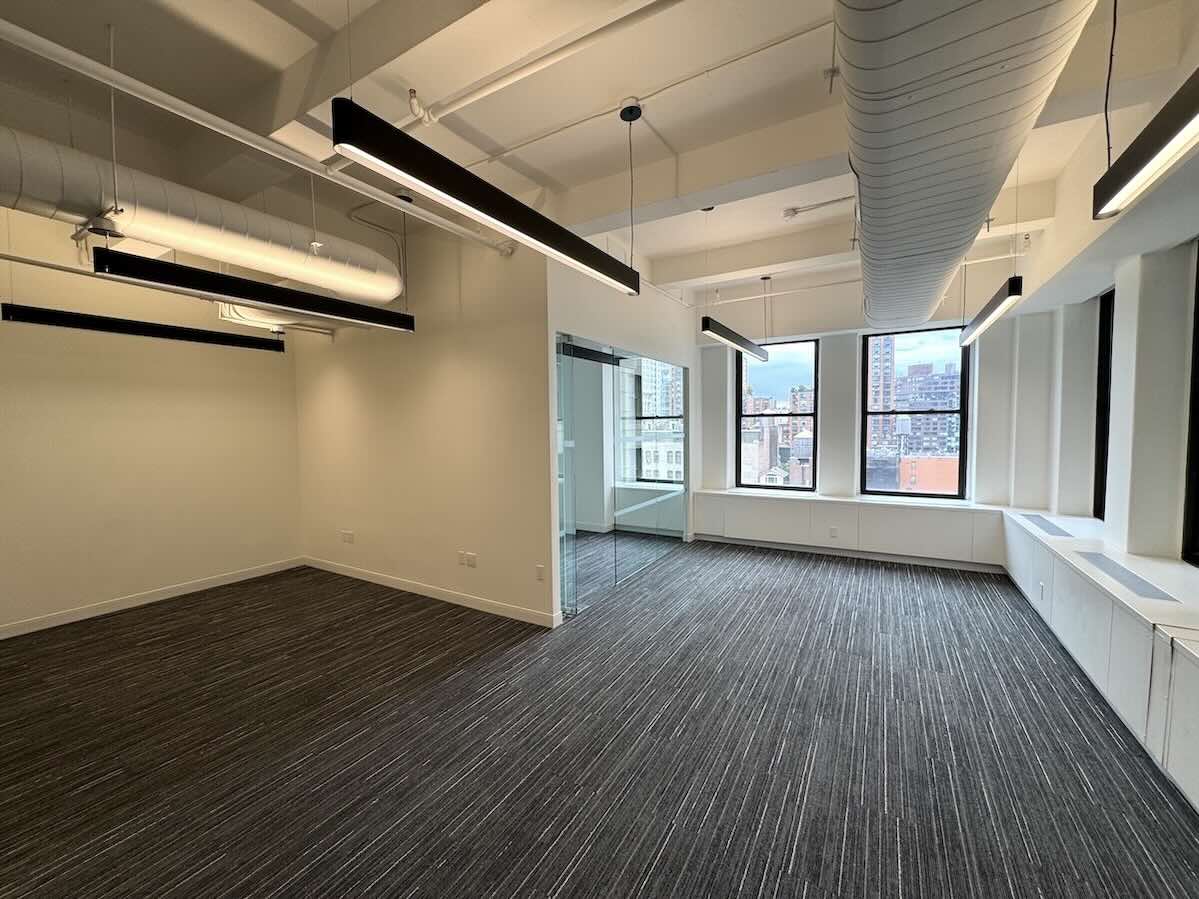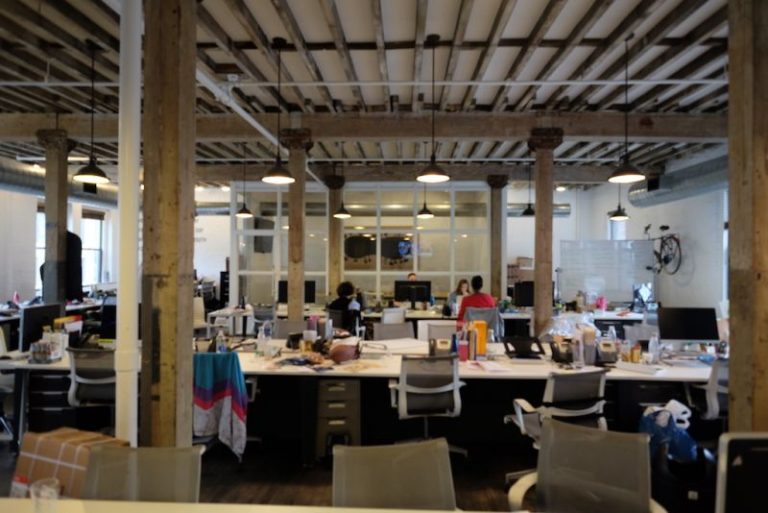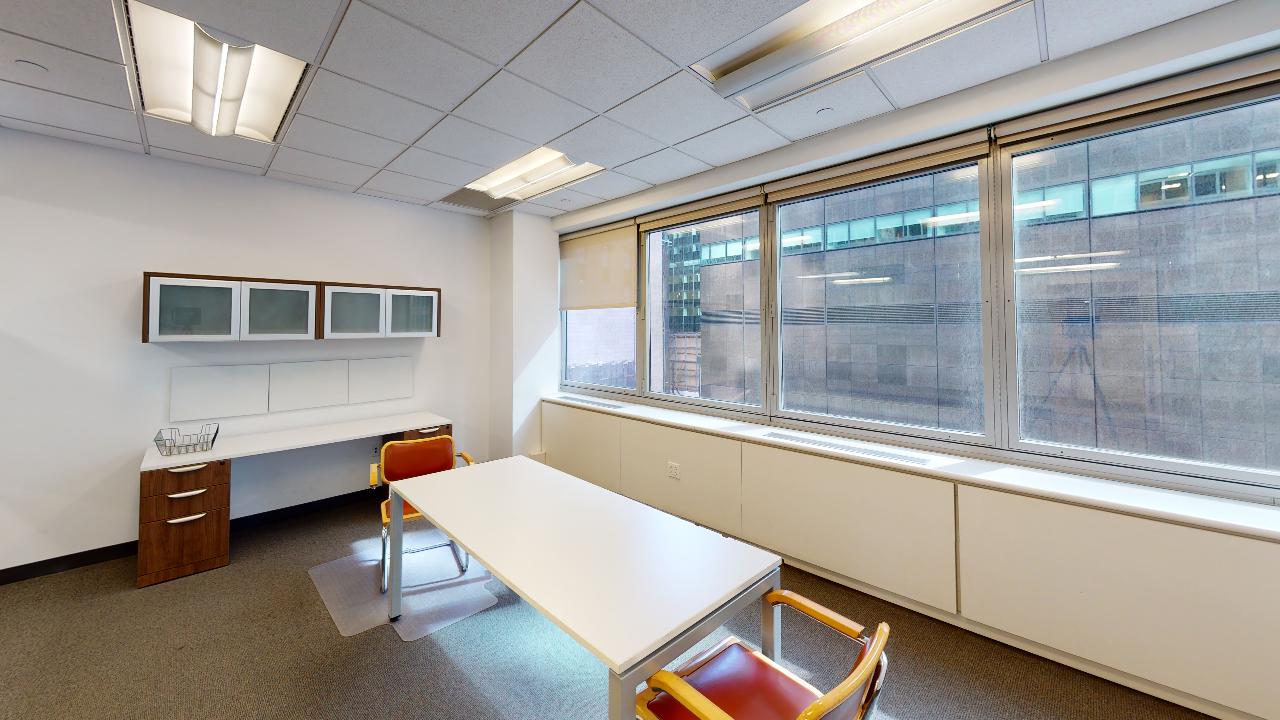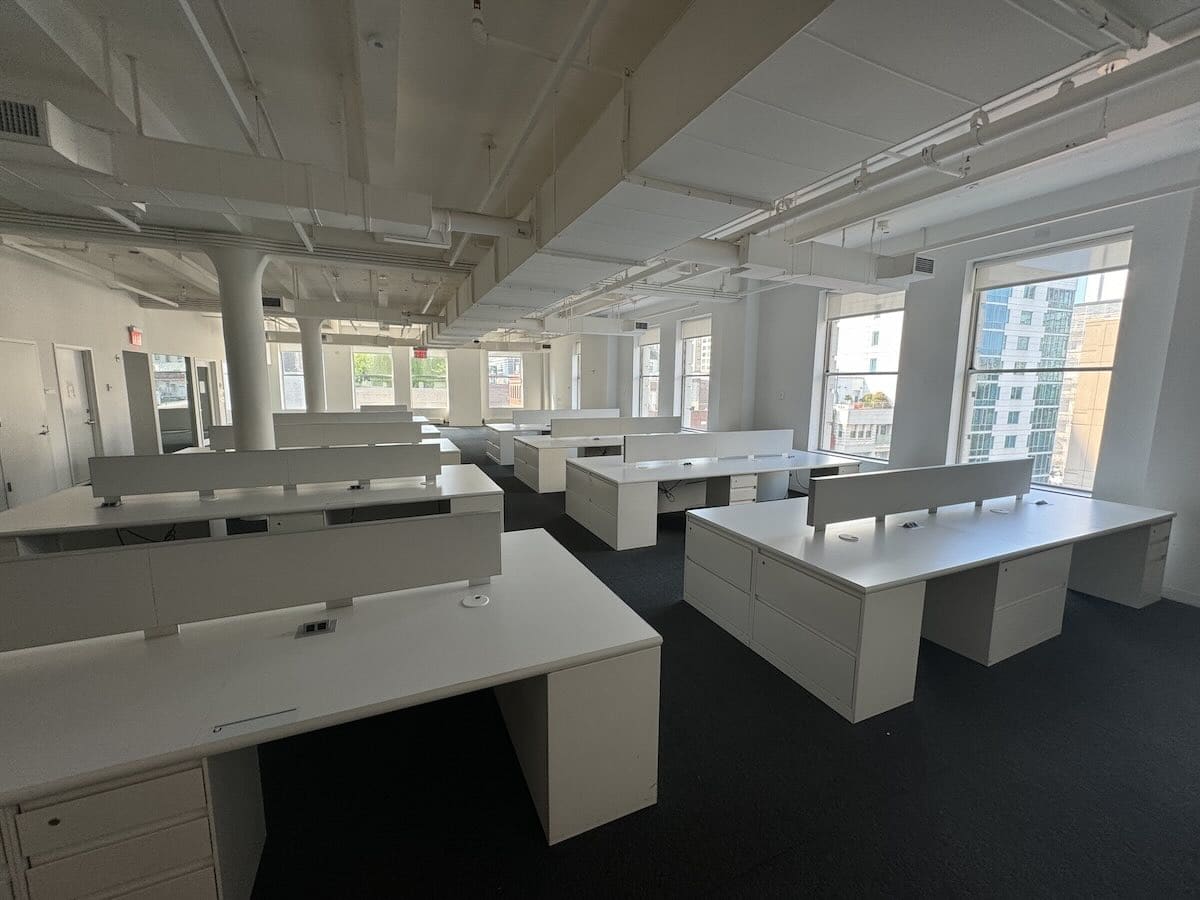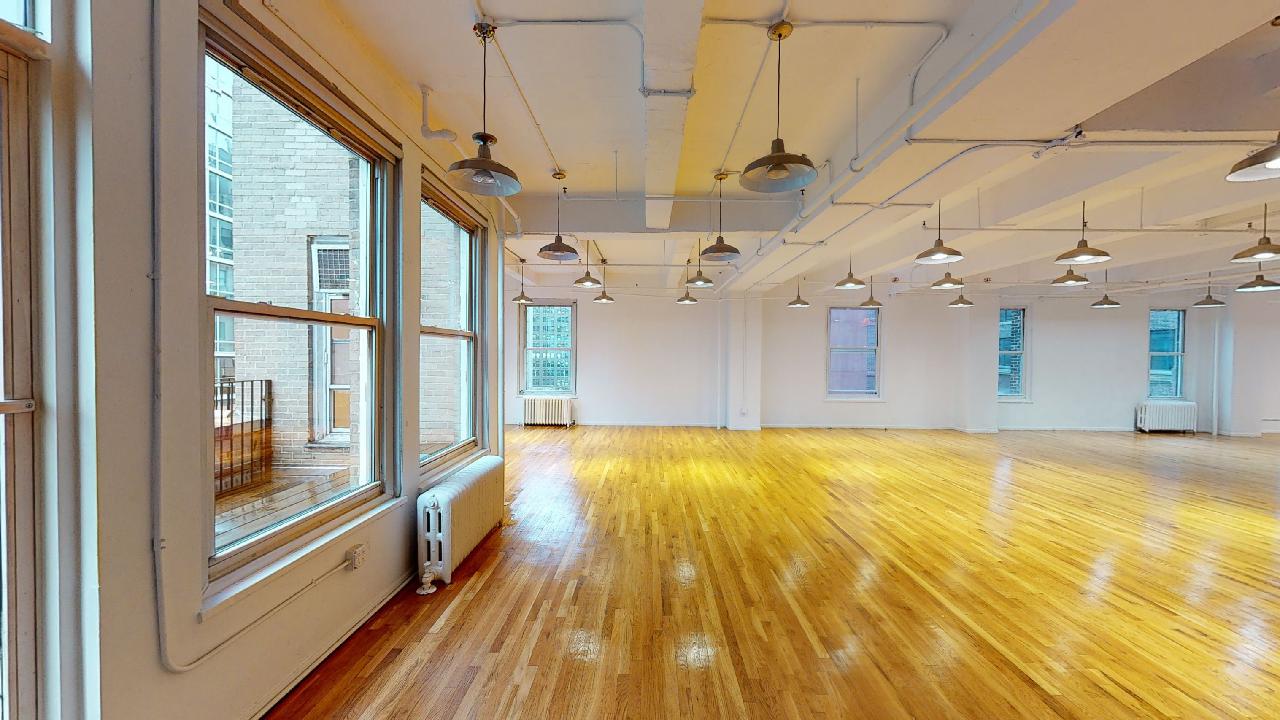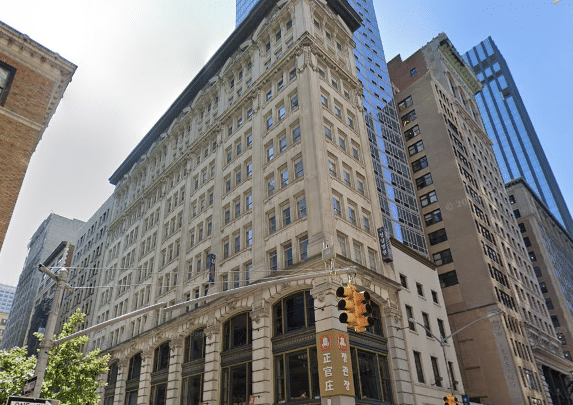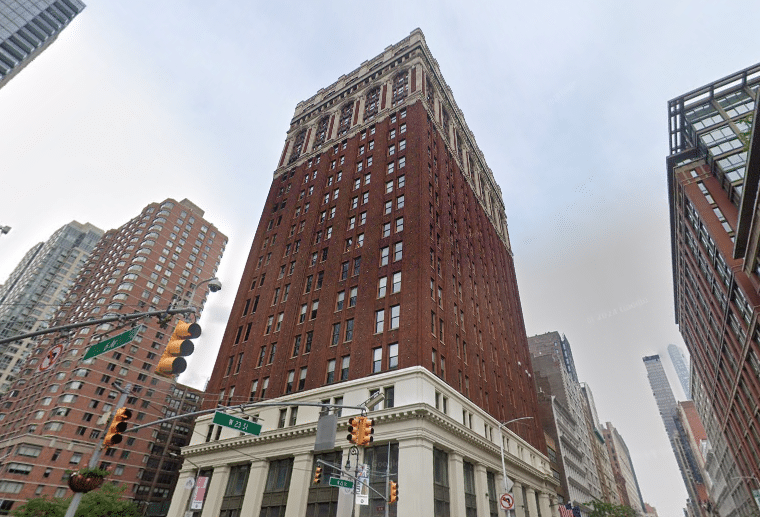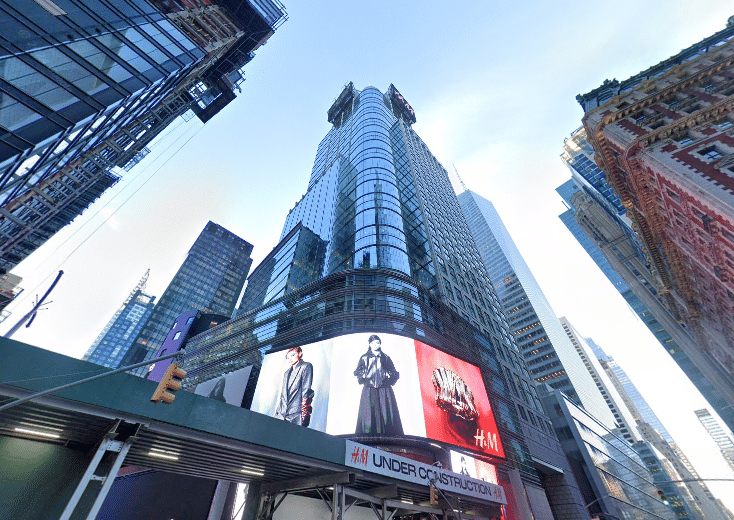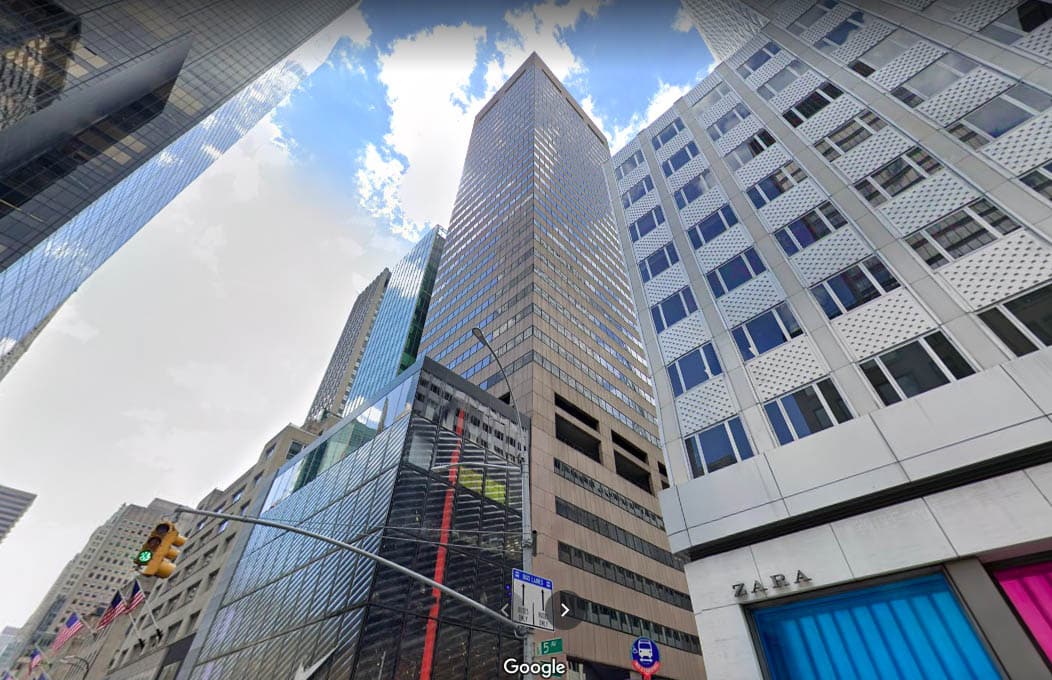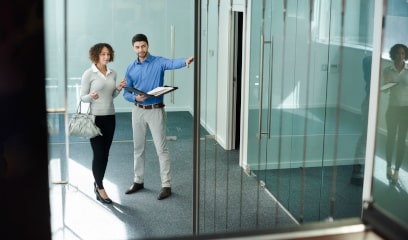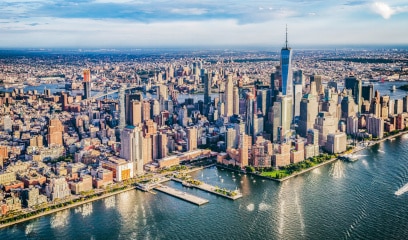Imagine you were an employee in the early 20th century. If you weren’t in leadership, you’d be in the center of the room, with amenities limited to coal-fired heaters and no air conditioning or break rooms. Fast forward to today, and offices have transformed. They’re not just about work but collaboration, interaction, and wellness. Modern workspaces now feature meeting spaces, 24-7 HVAC systems, PropTech, and many amenities focusing on work-life balance, including fitness centers and outdoor spaces.
Nevertheless, there’s a significant shift on the horizon. Looking ahead, by 2030, about 60% of U.S. offices may need upgrades to stay relevant. In the midst of this transformation, in-office broadcast studios are emerging as the latest hot amenity. But what’s the reason? They respond to the growing digital interconnectedness and the rising importance of content creation in the corporate world. Significantly, 76% of businesses now invest in video production, allowing employees to efficiently create versatile and professional-grade content. And with the surge in podcast popularity, it’s a logical addition to the modern office.
So, are you ready to tune in and see why?
The Shift in Demand: Content Production in the Modern World
Today’s digital age witnesses an evolution in how content is produced and consumed. With the power of technology, every employee, every CEO, every individual can step into the role of a content creator. As Li Jin, investor and co-founder of Variant Fund, suggests, people are going to be creators- no matter which industry they’re in.
Everyone’s a Content Creator
The year 2023 has solidified the idea that everyone’s a content creator. Social media and digital platforms have democratized content creation, allowing it to flourish beyond traditional realms. An impressive 30% of those aged 18-24 and 40% of people between 25-34 years old now identify as content creators. Whether posting a quick snapshot on Instagram or crafting a viral TikTok video, the definition of a content creator is more inclusive than ever. Smartphones, while essential tools for this, are just the tip of the iceberg.
A World Craving Content
The World Economic Forum suggests that good quality content is more valuable than ever, and they may be onto something, considering the global thirst for visual media seems unquenchable. Various industries have had to adapt. A transformative shift is noticeable within the media sector as technology giants emerge as the dominant “super competitors.” Simultaneously, the TV and video sector is in constant flux, grappling with the rise of on-demand content and ever-changing consumer habits. Streaming giants are diving headfirst into content creation, thus challenging the traditional TV and video sectors.
Podcasts: Reshaping Content
Awareness of podcasting in the US surged from 22% in 2006 to 79% in 2022. This rapid ascent, fueled by diverse shows, celebrity involvement, corporate investments, and technological advancements, suggests that listenership will surpass 100 million by 2024. With the podcast market hitting $18.52 billion in 2022 and an expected CAGR of 27.6% through 2030, the industry could be worth an impressive $60.5 billion by 2027 if the trend continues. Additionally, the Interactive Advertising Bureau anticipates podcasting revenue in the U.S. to soar, potentially reaching $4 billion by 2025. Moreover, U.S. podcast listeners increased by 6.1% in 2022, with over 39% of U.S. adults ages 18 to 34 listening to podcasts monthly.
The Evolution of In-Office Broadcasting Studios as an Amenity
Modern office amenities are continually evolving, and the in-office broadcasting studio stands at the forefront of this change. From Zoom Rooms to cutting-edge spaces, these studios mirror technological and work culture shifts.
Yesterday’s Hot Trend – The Zoom Room
After the pandemic hit, the demand for seamless virtual communication surged. The Zoom Room, more than just a mere space for video conferencing, emerged as a game-changer. These areas were meticulously optimized with lighting, tweaked camera angles, and curated backgrounds, ensuring an unparalleled audio-video experience. They bridged the physical divide, fostering collaboration and laying the foundation for the evolution of the in-office broadcast studio.
Today’s Demand – Elevating Content Creation
Recognizing the power of content and changing work environment, corporations increasingly transitioned to in-house video production studios to cater to the rising demand. These studios ensured cost savings and quicker turnaround, while facilitating diverse content creation, from c-suite addresses to market updates and product demonstrations. WeWork further emphasized the importance of this shift by equipping tenants with spaces optimized for podcasting and video production. Their state-of-the-art studios, designed with platforms like YouTube and TikTok in mind, seamlessly combined aesthetics and functionality, setting a new standard in quality and convenience.
Big to Small: Everyone Wants In
It’s easy to assume that only the flashy tech and media moguls need state-of-the-art in-office broadcast studios. Think again. From the giants of the corporate world to the small business sector, everyone’s catching on to the in-house broadcasting studio trend.
From a Designer’s Perspective
Peter Provost, the President and Director of Design at Provost Studio, is a testament to this growing demand. His firm, renowned for designing stellar broadcast facilities, can vouch for the diverse clientele seeking their expertise. From creating spaces for titans like Oracle to institutions such as universities and even professional sports teams, Provost confirms the increasing demand. He’s even seen sectors as varied as healthcare providers and big-box retailers expressing interest.
Leading Corporates Embracing the Trend
Take Prudential, for instance. At their sprawling 700,000-square-foot headquarters in Newark, New Jersey, they didn’t just make room for desks and meeting rooms. They commissioned a talented team of designers, architects, and engineers to carve out space for a top-tier broadcast facility. Why? Because they saw the future. By consolidating business operations from five distinct locations into a single 96,000-square-foot area, they smartly integrated a broadcast facility on the same floor as their main trading operations. The result? A dynamic space primed for various activities, from riveting live reports to compelling standing presentations.
SMEs Recognizing the Potential
Let’s zoom in on the other end of the business spectrum. Meet Captive Resources, a boutique insurance and financial services firm in Chicago. They aren’t letting their smaller footprint deter them from hopping on the broadcasting bandwagon. Eager to use content as a magnet for leads and stand out in a crowded market, they’re setting up their own in-office broadcast studio.
Designing the Perfect Office-Based Studio
As the demand for in-office broadcast studios soars, integrating one into an office setting goes beyond just carving out space. It’s about ensuring the chosen area is optimized, equipped, and camera-ready without disrupting the natural flow of the workspace. But how do we achieve that?
Finding the Right Space
In-office broadcast studios come in various shapes and sizes, tailored to the company’s requirements. Big players like Yahoo Finance might reserve space for studios from the get-go. However, smaller entities often adapt within their current office layout. This adaptation might mean converting a large office, a breakout room, or a conference room into a functional studio. The beauty is that it’s entirely possible to integrate essential studio components, from lighting to power, into these spaces without additional square footage.
Key Factors and Setup Essentials
In-office broadcast studios are becoming a hot commodity. However, many offices lack the initial setup for production and need retrofitting with the proper infrastructure. Consider potential build-out costs and the following essentials:
- Space Considerations: Tailor to your platform – whether turning an idle corner into an energetic interview backdrop for YouTube or creating a Twitch-friendly zone.
- Lighting Dynamics: A blend of natural and artificial light works wonders; consider the three-point system of key, fill, and backlight. Moreover, tools like adjustable LED lights paired with diffusers give a refined touch.
- Camera and Mic Decisions: Your broadcast’s visual appeal hinges on this choice. Top-tier mics and cameras can elevate your broadcasts to professional standards. Yet, it’s important to also balance budget, comfort, and desired quality.
- Ceiling Proportions: It’s easy to overlook the right ceiling height. However, it’s vital for lighting setups and air circulation.
- HVAC and Ventilation: Ensure your space stays cool and breathable, especially during those extended sessions.
- Power Management: Outlets, outlets, and more outlets! Factor in all equipment, and don’t forget about surge protectors. Additionally, a neat arrangement of cables is very beneficial.
- Data and Connectivity: A wired connection offers unmatched reliability for live streams. However, always have a Plan B.
The Key Takeaways
Office spaces are no longer simply a place to punch in and out; they’ve become hubs of innovation, creativity, and connectivity. Moreover, the emergence of in-office broadcast studios is a testament to this change. The age of cumbersome production setups is dwindling, and now, they’re replaced by sleek, efficient, and compact broadcasting tools that fit seamlessly into the modern workspace.
Furthermore, these in-office broadcast studios are about more than just efficiency; these studios are potential game-changers for revitalizing dormant office spaces. For instance, imagine walking into an office, and alongside the much-loved rooftop café, there’s a state-of-the-art broadcasting studio full of activity.
Consequently, as we stand on the brink of this exciting transition, one can’t help but wonder about the vast possibilities. In addition, will we soon see a day when a broadcast studio becomes as ubiquitous in an office as a conference room? On the other hand, as technology advances at a breakneck speed, how will the definition of an ‘office’ evolve? Ultimately, could broadcast studios be the missing link that bridges the past of static office spaces with a dynamic, interconnected future?
